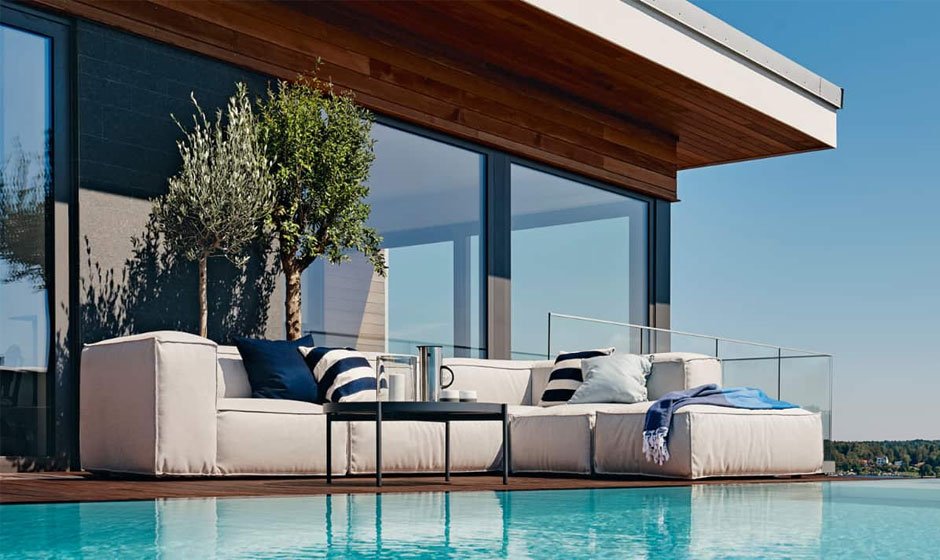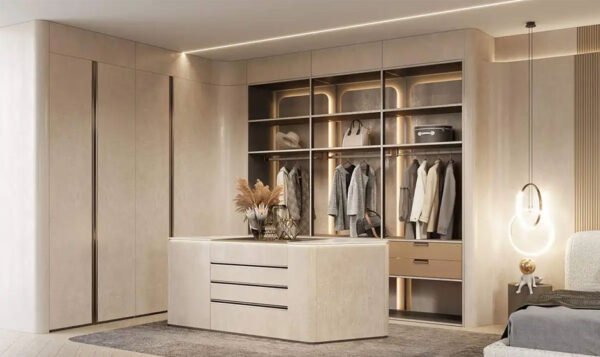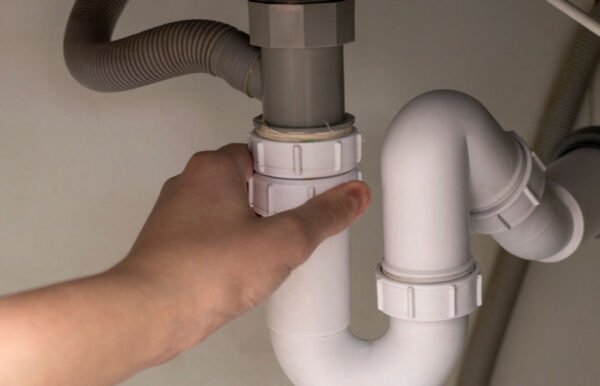Comparing Aluminum Outdoor Furniture with Other Materials

With so many options available, choosing outdoor furniture can feel overwhelming. While wicker, wood, and other metals have been popular selections for decades, aluminum has emerged as an innovative material solution. This article examines several common outdoor furniture materials, with an emphasis on how aluminum compares across various criteria to help determine the best fit for individual situations.
Aluminum Outdoor Furniture Overview
As the most abundant metallic element, aluminum forms a durable alloy for outdoor use. Its strength to weight ratio allows intricate designs without bulkiness. Anodized surfaces resist scratches and never rust, fade, swell or warp from rain, snow or sun. Naturally cooling to the touch for comfort, aluminum frames maintain structural integrity longer than many competing materials. While initially more expensive than wicker or resin wickers, aluminum furniture provides greater returns through decades of use requiring minimal repairs and refinishing.
Comparing Aluminum to Wood Furniture
Wood adds natural charm but requires constant maintenance against rot and cracks. Left unrestrained, wood stains, warps and splinters over time in wet or sunny climates. Regular sealing, staining or painting preserves appearance but becomes cost-prohibitive. In contrast, aluminum requires no additional sealants and retains like-new luster with occasional cleaning. Wood displays grain and knots adding character, while aluminum offers sleek, modern aesthetics through precision construction. Overall, aluminum outlasts wood with significantly reduced care.
Modern outdoor furniture contemporary designs showcase aluminum’s elemental beauty through clean lines and minimalist silhouettes. Floating chaise lounges, suspended daybeds, cube ottomans and sleek dining sets bring indoor modernism outside effortlessly. Unfettered by superfluous details, aluminum frames reflect light and shadows for intrigue. Steel brackets and joints blend invisibly into joints allowing unfettered outdoor enjoyment year after year without degradation. Aluminum’s timeless appeal ensures modern furniture remains in style.
Aluminum vs. Wicker: Weighing the Pros and Cons
Once a more affordable alternative, wicker now costs almost as much as contract-grade aluminum due to rising material/labor prices. Wicker appeals visually but quickly deteriorates in wet climates through splits and mold. Further, wicker cannot be left outside year-round. By contrast, aluminum withstands precipitation without waterlog or decay, retaining structural integrity indefinitely with proper care. Although heavier initially, aluminum’s longevity negates higher purchase weights through reduced replacement costs every 3-5 years as with natural wicker pieces.
Resistance to Rust and Corrosion
Aluminum is highly resistant to rust and corrosion thanks to its tight molecular structure and protective oxide layer that forms almost instantly when exposed to air. This thin aluminum oxide coating prevents oxygen and water molecules from interacting with the metal’s surface. Unlike ferrous metals like steel and iron, aluminum does not contain iron which causes rust. When cuts or scratches expose the pure aluminum below the layer, the metal immediately reacts with oxygen in the air to reform this resilient barrier. This self-healing attribute means aluminum furniture retains its finish with minimal maintenance needed. Other metals commonly used for outdoor furniture like steel and wrought iron must be painted or treated to prevent rust from destroying structural integrity over time with exposure to moisture, heat fluctuations, and other environmental factors.
Metal Furniture: Aluminum and Beyond
Heavier cast iron and steel lose the Materials flexibility, warp under extreme heat/cold and rust without consistent painting. Wrought iron resists bending but scratches easily demanding frequent wire brushing and tarnish hard to prevent. Aluminum upholds an elevated yet practical balance through weatherproof resilience and maintenance simplicity compared to other metals. While aluminum may appear more expensive than heavier metal furniture, factoring lifelong costs alongside its endurance and low-effort upkeep makes aluminum the more economical investment.
Sustainability and Environmental Impact
Aluminum production requires vast electricity but remains 100% recyclable indefinitely without degradation, indeed recycled aluminum requires just 5% of energy needed to produce primary aluminum. Wood furniture relies on continually replenishing scarce forests. Wicker demands extensive pesticide use during farming hurting environments and workers health. Steel leaches toxins during processing and rusts in landfills. Comparing whole lifecycles, aluminum furniture harbors the smallest ecological footprint through sustained reuse reducing demand for raw materials extraction.
Making an Informed Decision
Whether espousing modern aesthetics or relaxed natural styles, modern outdoor aluminum furniture choices abound to suit myriad lifestyle needs and landscape preferences. Considering key aspects like durability, maintenance requirements, aesthetic appeal and environmental impact empowers homeowners to select options aligned with their long-term goals and priorities. For low-care luxury, aluminum rises among the most sensible and sustainable investments to enjoy relaxing alfresco for many years to come.



